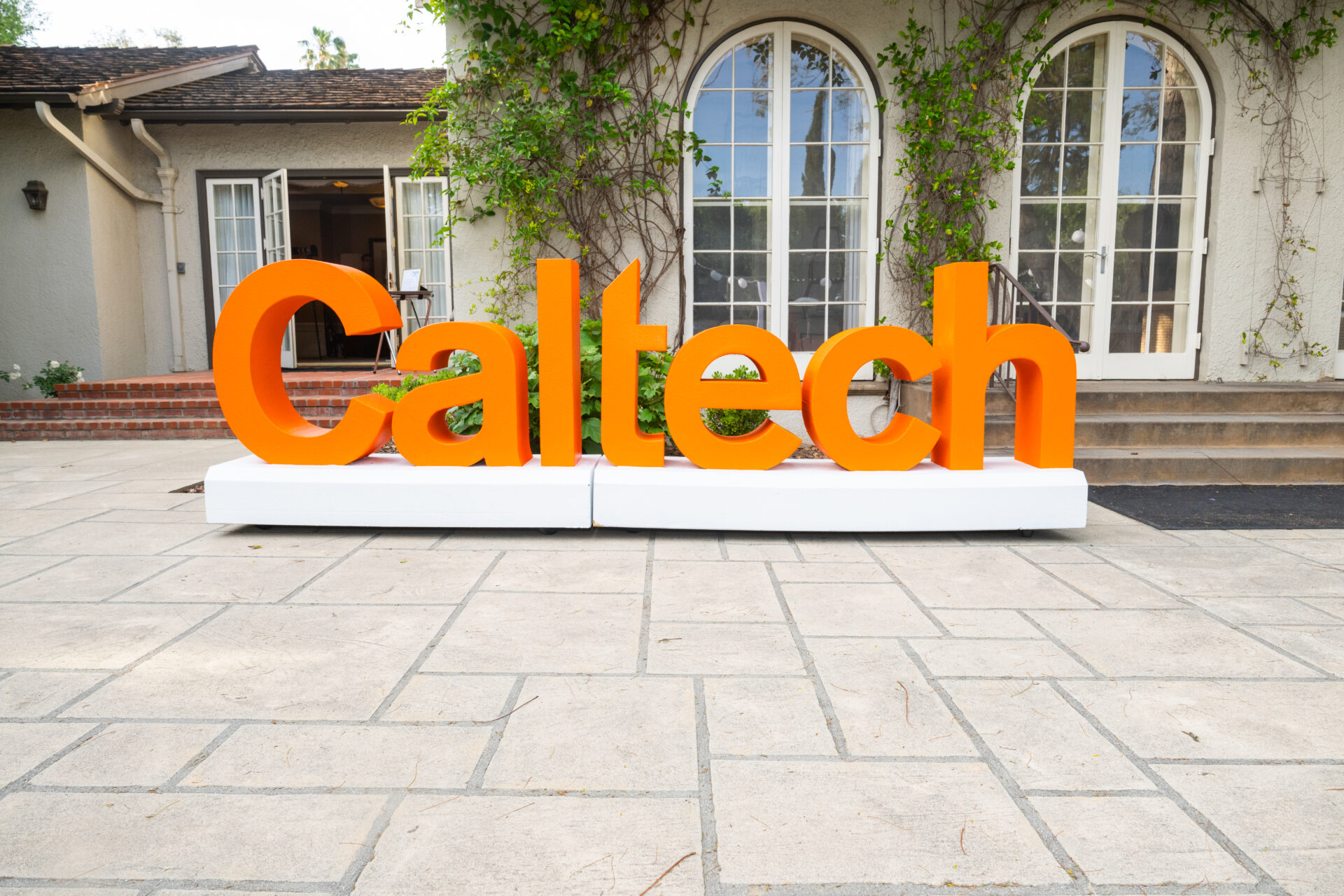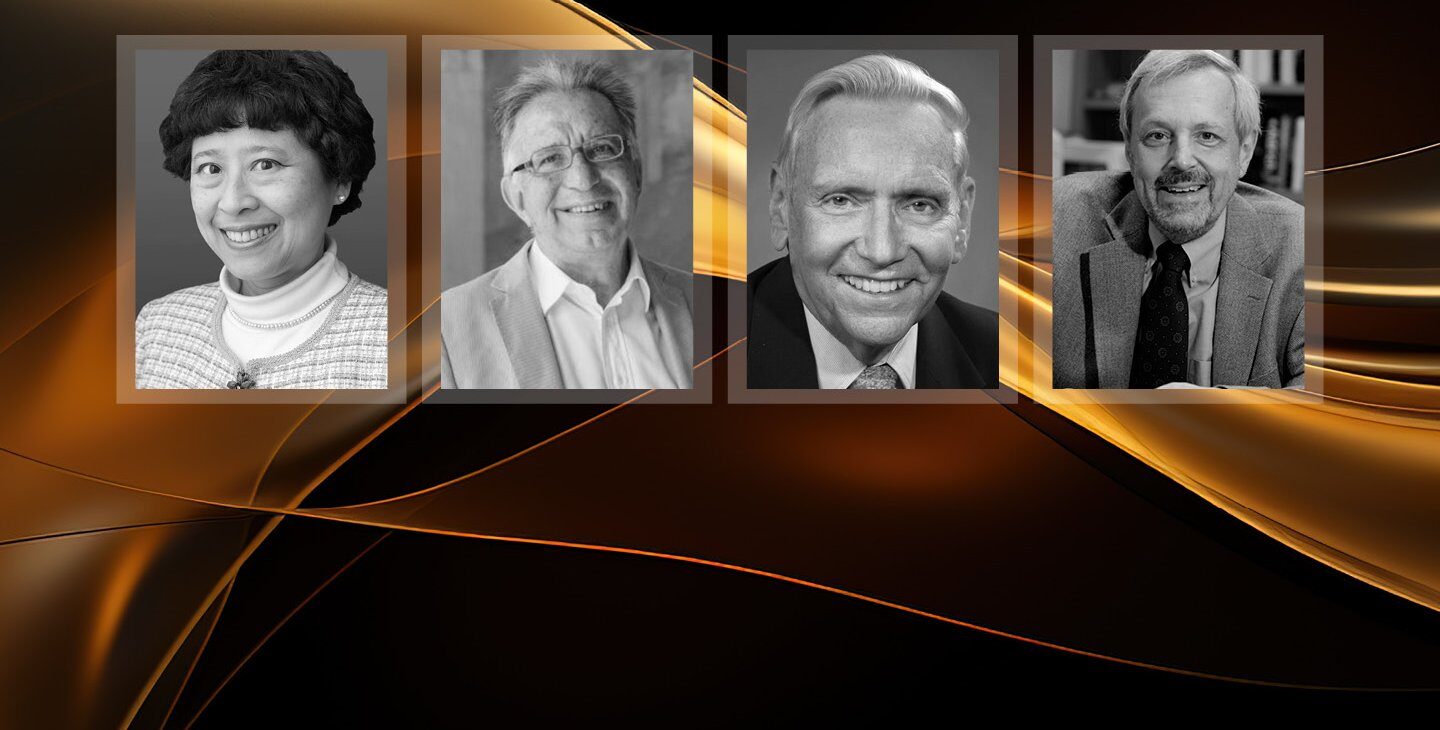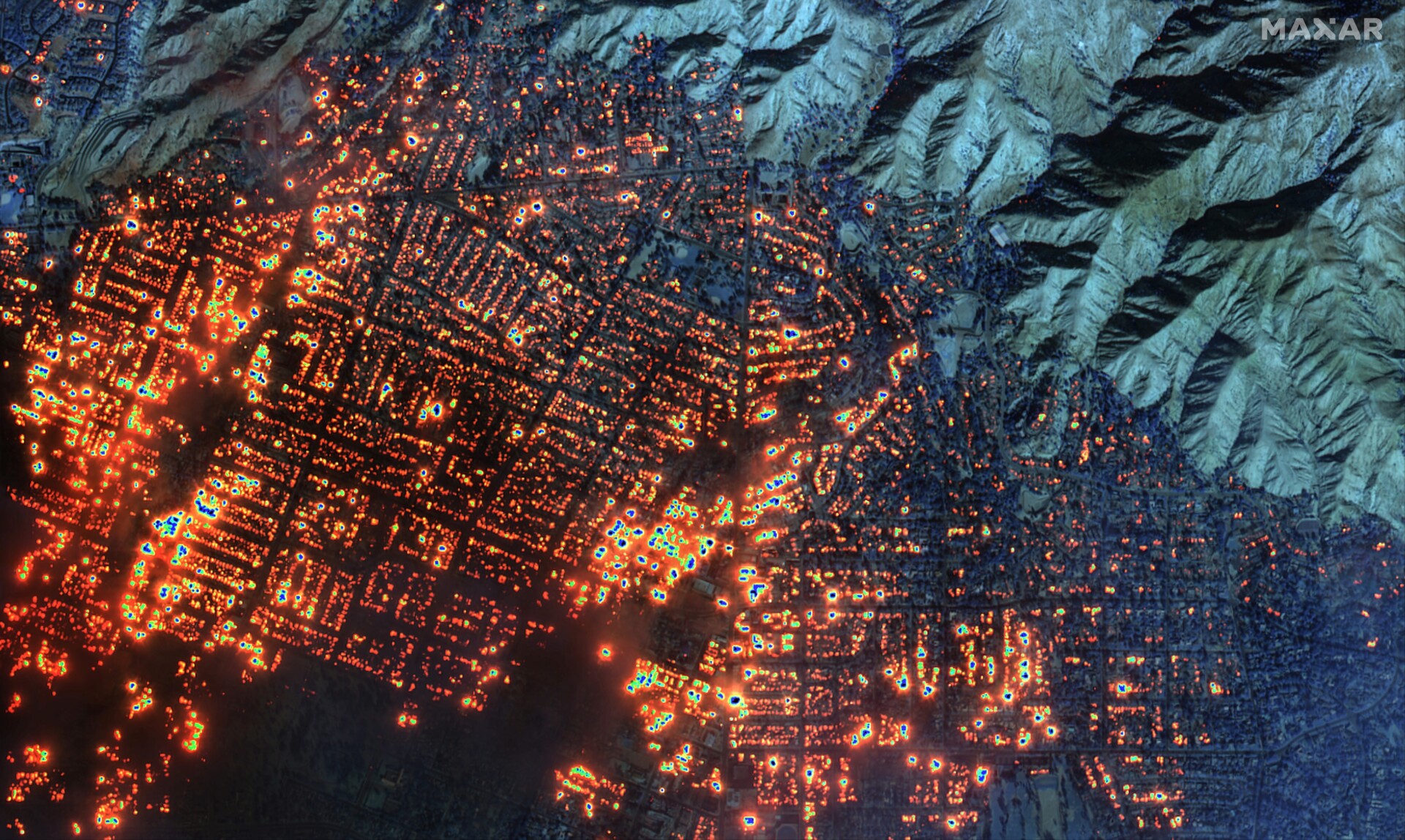Cassini’s Final Plunge

It ended with a bang and with a whisper. Closing out a chapter of the study of Saturn and its moons and rings, NASA’s Cassini spacecraft plunged into the atmosphere of Saturn on September 15, burning up as it streaked across Saturn’s sky—while back on Earth, the explosive event was observed as a telemetry feed that simply went silent.
Crowds of scientists and engineers—some of whom have been with the project since its beginning in the 1980s—gathered both at JPL and on Caltech’s campus before the break of dawn to witness the end of the mission, watching as the spacecraft sped up to over 75,000 miles per hour while its altitude above the cloud tops ticked down to 0.
“For 13 years we’ve been running a marathon of scientific discovery. And we’re on the last lap,” said Linda Spilker, Cassini project scientist, in the hour leading up to the end.
At JPL, a cluster of Cassini science team members wearing purple shirts emblazoned with a team logo watched a live feed of Mission Control from the Theodore von Kármán Auditorium. Andy Ingersoll, professor of planetary science at Caltech, was among that purple-shirted family. “Cassini was a great mission,” he said. “The technicians who built it and the engineers who kept it running were all terrific. Even the scientists, with their different interests and objectives, got along. We all are lucky to be alive during this period of solar system exploration.”
As Cassini plunged into Saturn’s atmosphere, its ion and neutral mass spectrometer sampled the atmosphere as the spacecraft’s small jets fought against the tugging of the atmosphere to keep its antenna pointed at Earth to beam data back in real time (albeit with an 83-minute transmission delay).
On screen in the auditorium, the signal from Cassini appeared as a spike in the middle of the X and S band radio frequencies (in the microwave region of the electromagnetic spectrum). As some of the Cassini science team members held their breath and others cheered it on—”Give me just a few more minutes of data!” one said—the spike abruptly flat-lined; first on the X band and then on the S band. The spacecraft was declared officially silent at 4:55 a.m. Pacific Daylight Time, and was estimated to have broken up completely by about a minute later.
It was a bittersweet moment to end a mission that accomplished so much, with boxes of tissues passed around amid proud smiles and handshakes.
“Cassini made amazing discoveries and inspired a whole generation of young—and old—explorers. It is a tribute to the magic that Caltech’s Jet Propulsion Laboratory brings to all of humanity,” said Charles Elachi, professor of electrical engineering and planetary science, emeritus. Elachi (MS ’69, PhD ’71) served as director of JPL from 2001 to 2016, overseeing the lion’s share of the Cassini mission, and is the team leader of the Cassini Radar Science Team.
Designed in the 1980s and ’90s, and launched in 1997, Cassini passed by Jupiter in 2000 and reached Saturn in 2004, where it has orbited ever since. During the past 13 years, the spacecraft has made many dramatic discoveries, including a global ocean within the moon Enceladus and liquid methane seas on Saturn’s largest moon, Titan.
“One unsung hero is Saturn itself. All parts of the Saturn system came through with surprises and discoveries that blew our minds,” said Ingersoll. “I am honored to have been part of Cassini from the start.” Ingersoll, a Cassini imaging scientist, used data from the probe to study vortices on Jupiter and the unique six-sided jet stream, known as the hexagon, around Saturn’s north pole.
As the spacecraft’s fuel supply dwindled, the decision was made to crash it into Saturn rather than let it drift through space, where it might accidentally collide with one of the planet’s icy moons. The goal was to avoid the risk of contaminating those moons with terrestrial microbes that might still be clinging to Cassini’s body.
In the months before the end, the spacecraft performed a series of 22 dives through Saturn’s rings. During the dives Cassini collected a host of valuable information that was too risky to obtain earlier in the mission. “The data we are seeing from Cassini’s Grand Finale are every bit as exciting as we hoped, although we are still deep in the process of working out what they are telling us about Saturn and its rings,” Spilker said in July.
Now that the mission has concluded, the Cassini team will teach future explorers what they have learned. “There are still data that we’ve got to keep working on. But we also have the job of passing on our experience to the next generation. We have an obligation to say, ‘Here are the mistakes we made, and here’s what we did right,'” Ingersoll said.
The Cassini mission is a cooperative project of NASA, the European Space Agency, and the Italian Space Agency. NASA’s JPL, a division of Caltech, manages the mission for NASA’s Science Mission Directorate. JPL designed, developed, and assembled the Cassini orbiter.
Related Articles
-

Caltech Alumni Association Announces 2026 Board-Nominated Slate
We are pleased to announce the 2026 board-nominated slate for the Caltech Alumni Association Board of Directors.
-

Caltech Announces 2025 Distinguished Alumni Award Recipients
Caltech honors four alumni with its 2025 Distinguished Alumni Award for achievements in science, engineering, and societal impact.
-

Support the Caltech and JPL Disaster Relief Fund
Support the Caltech and JPL communities impacted by Southern California's devastating fires.